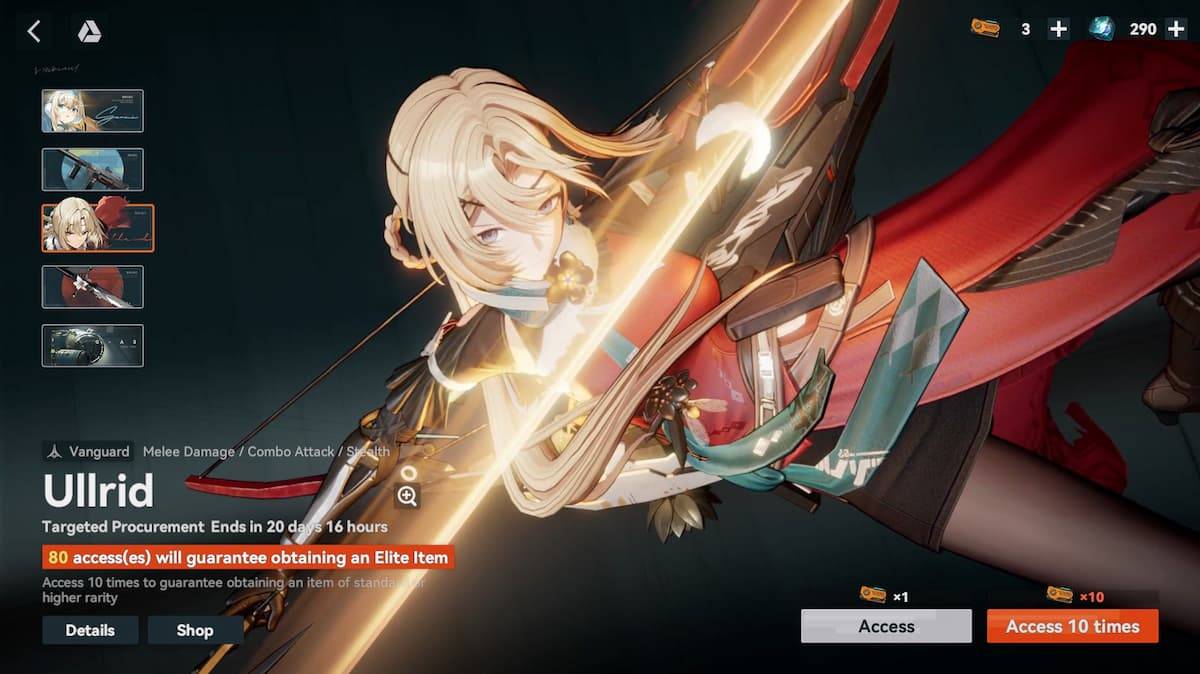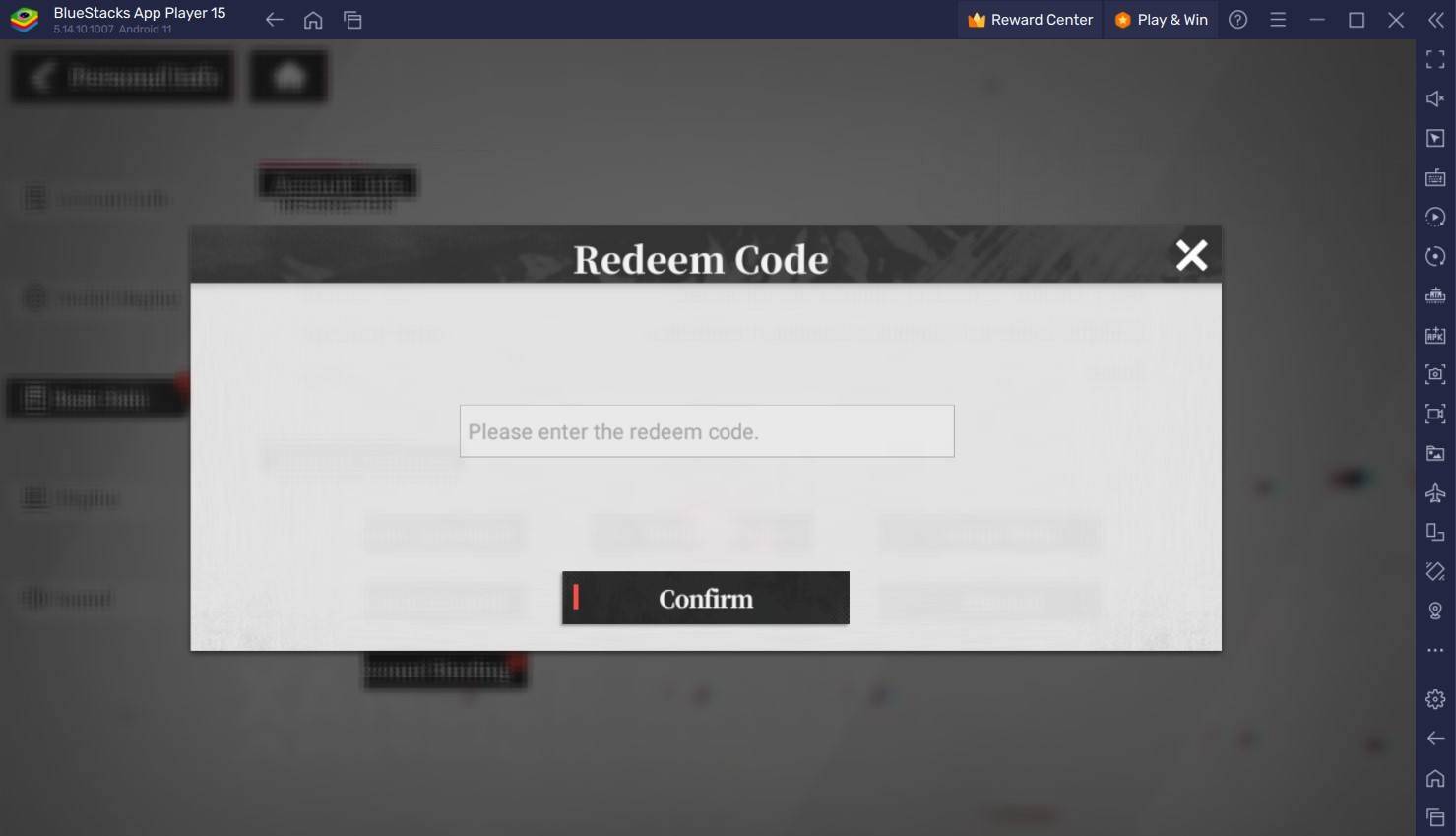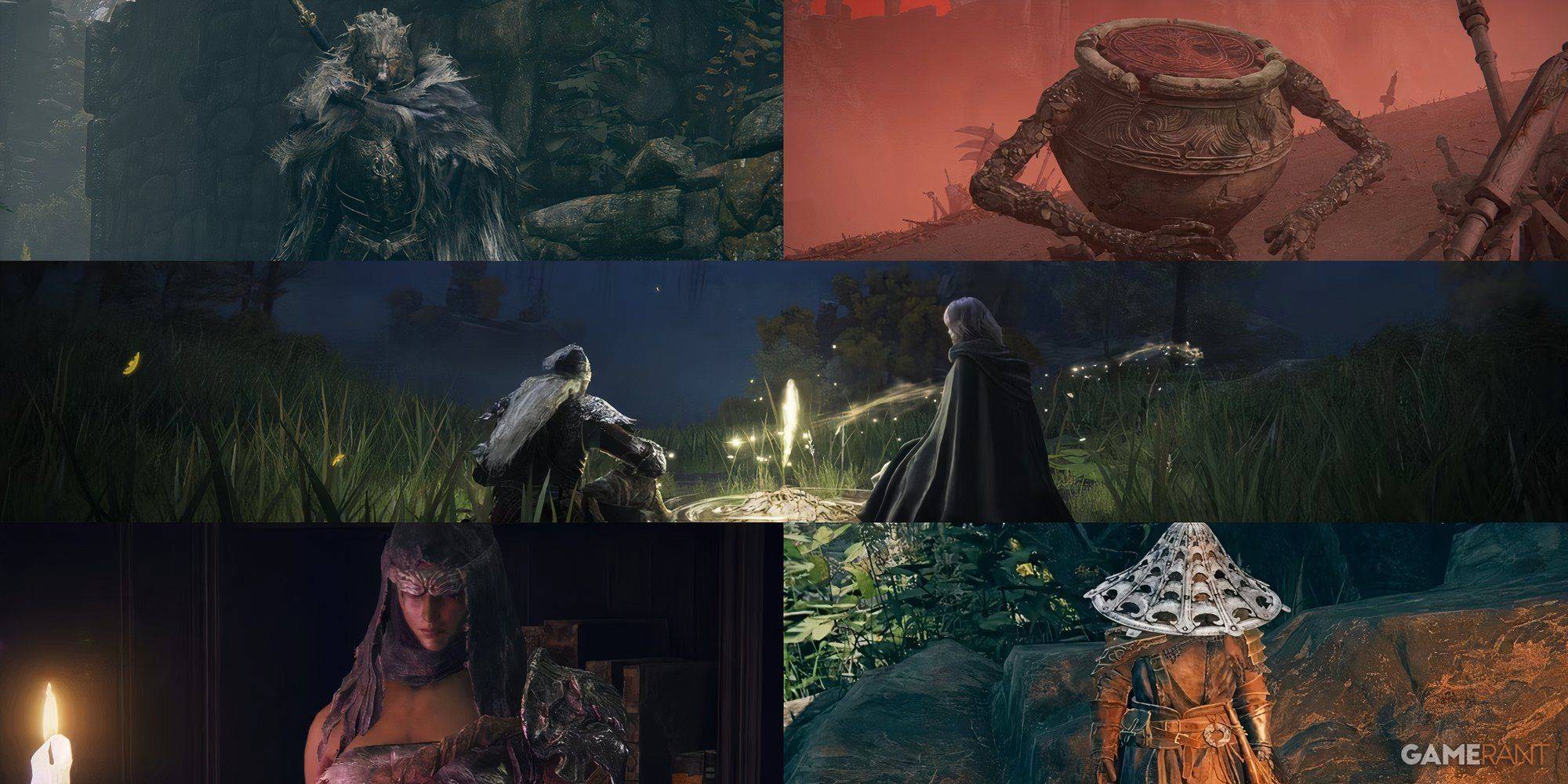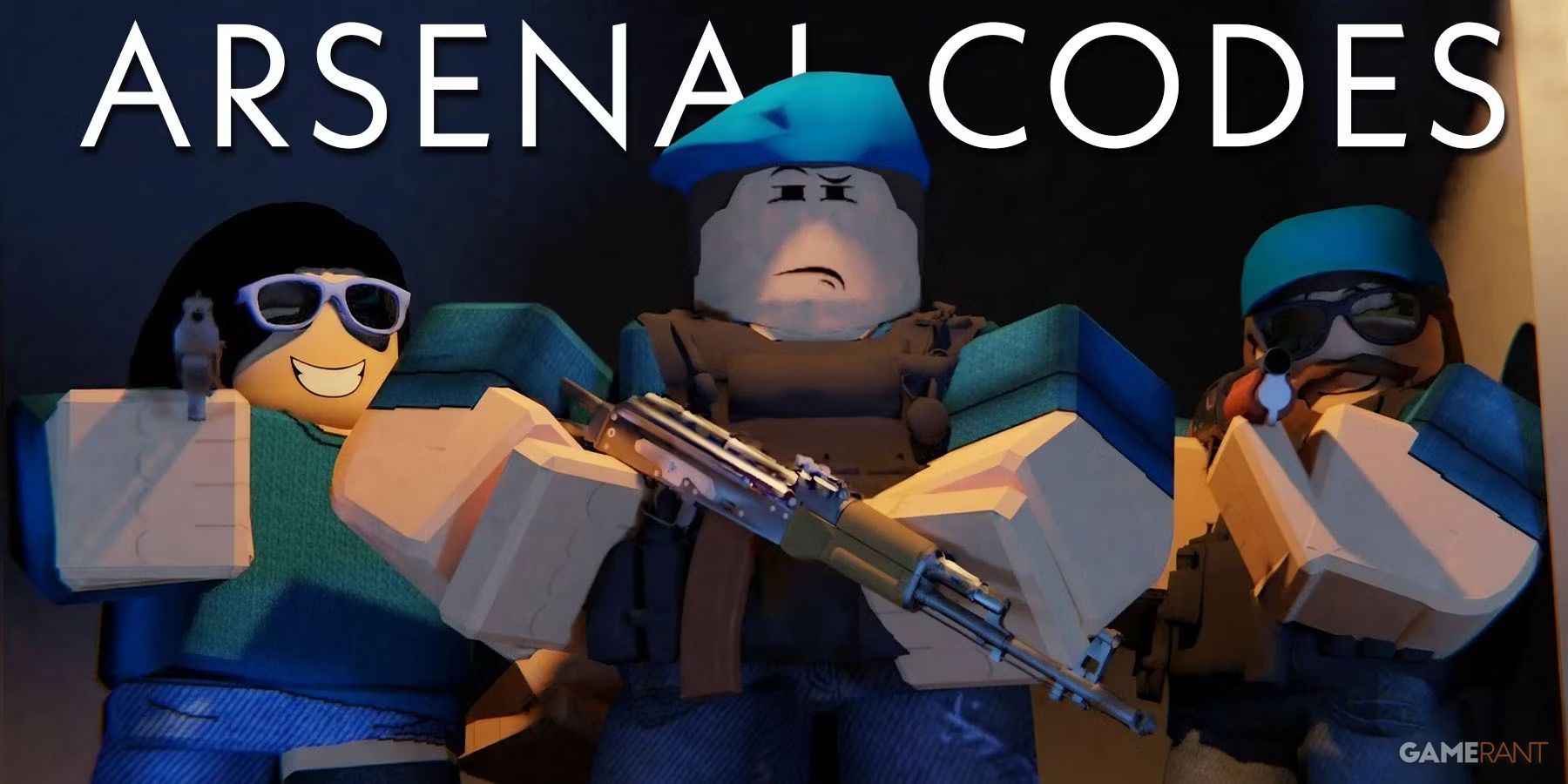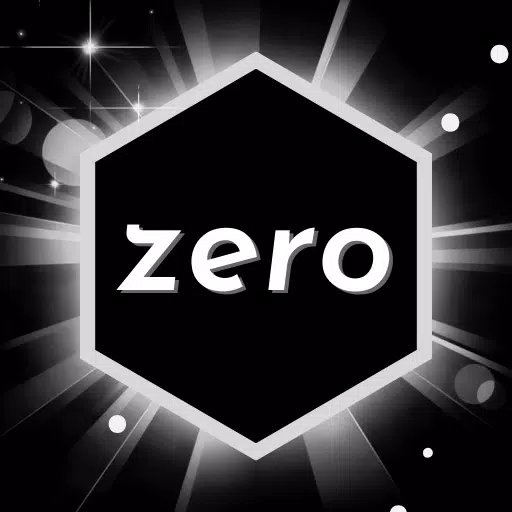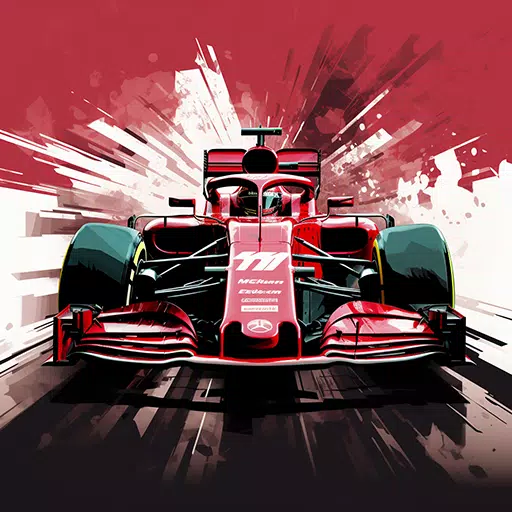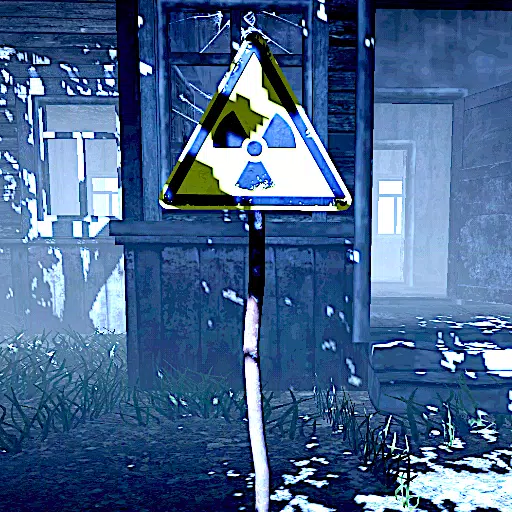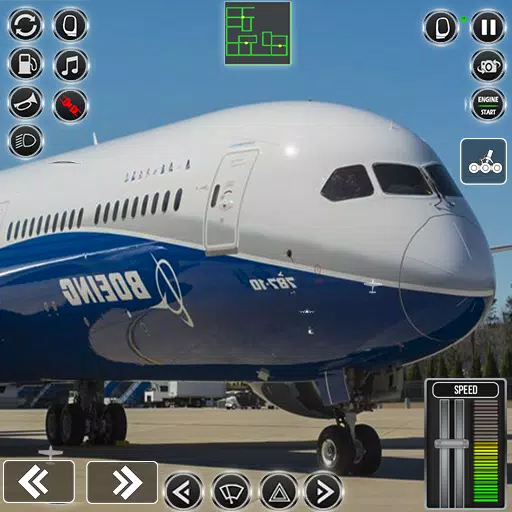SAG-AFTRA Says It's Still 'Frustratingly Far Apart' From Games Industry Bargaining Group on AI Protections
The Screen Actors Guild - American Federation of Television and Radio Artists (SAG-AFTRA) recently updated members on video game actor AI protection negotiations. While progress has been made, significant disagreements remain with the industry bargaining group. A comparison chart highlights key sticking points:
AI Protection Scope: SAG-AFTRA seeks protection for all past and future work, not just future projects. The bargaining group's proposal is narrower.
Defining "Digital Replica": SAG-AFTRA's definition, encompassing any readily identifiable performance, is broader than the bargaining group's "objectively identifiable" proposal, which SAG-AFTRA argues would exclude many performances. The inclusion of movement performers in the agreement is also disputed.
Terminology: Disagreements exist on terminology for AI-generated performances ("real-time generation" vs. "procedural generation").
Transparency: SAG-AFTRA demands disclosure of voice blending with other voices for digital replicas and the intended use of voice data (scripted dialogue vs. real-time chatbots).
Strike Clause: SAG-AFTRA proposes withdrawing consent for digital replica use during strikes; the bargaining group opposes this.
Consent Duration: SAG-AFTRA proposes a five-year consent period with renewal, while the bargaining group seeks unlimited consent.
Compensation: Substantial disagreements remain on minimum compensation for digital replica creation and use, although tentative agreement exists on bonus pay calculation.
Employer Bonus Rights: The bargaining group's proposed bonus rights clause, similar to the SAG-AFTRA TV/Film agreement, is considered too broad by SAG-AFTRA, potentially circumventing union rights. SAG-AFTRA is open to a revised, stricter version.
Usage Tracking: SAG-AFTRA proposes a system to track digital replica usage for fair compensation; the bargaining group deems this infeasible.
Synthetic Performer Definitions: Specific definitions regarding "synthetic" performers created entirely by AI are also unresolved.
Despite these disagreements, tentative agreements have been reached on bonus pay, dispute resolution, some minimum compensation aspects, consent requirements, certain disclosures, and other issues. However, SAG-AFTRA disputes the bargaining group's claim of imminent agreement.
SAG-AFTRA's National Executive Director and Chief Negotiator, Duncan Crabtree-Ireland, warns members against accepting work that undermines the strike and lacks AI protections. He emphasizes that accepting such work risks exploitation and undermines the collective bargaining efforts.
In response, Audrey Cooling, spokesperson for the video game industry bargaining group, stated that their proposal includes over 15% wage increases, enhanced health and safety protections, industry-leading AI terms, and additional compensation for performance use in other games. They express a desire to return to the bargaining table.
The eight-month-long SAG-AFTRA video game strike, stemming from the AI issue, is visibly impacting the industry. Players have reported unvoiced NPCs in games like Destiny 2 and World of Warcraft. League of Legends experienced a strike-related incident, and Call of Duty: Black Ops 6 characters were recast. Recently, two Zenless Zone Zero voice actors discovered their replacements through patch notes.
Latest Articles









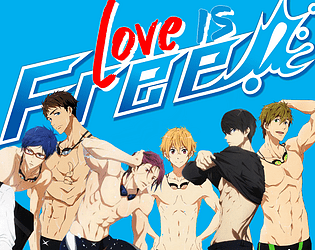

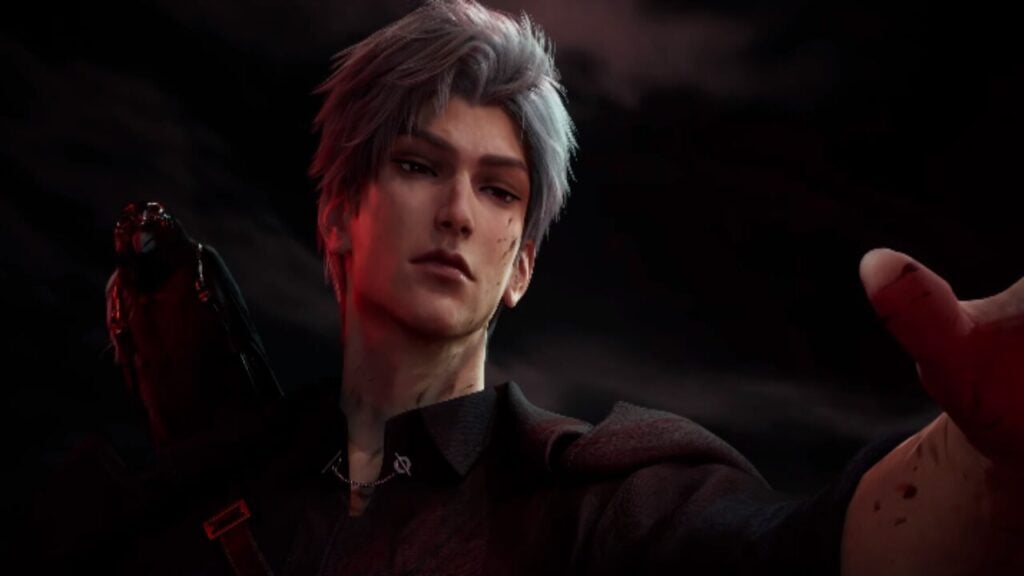
![Roblox Forsaken Characters Tier List [UPDATED] (2025)](https://images.dyk8.com/uploads/18/17380116246797f3e8a8a39.jpg)
